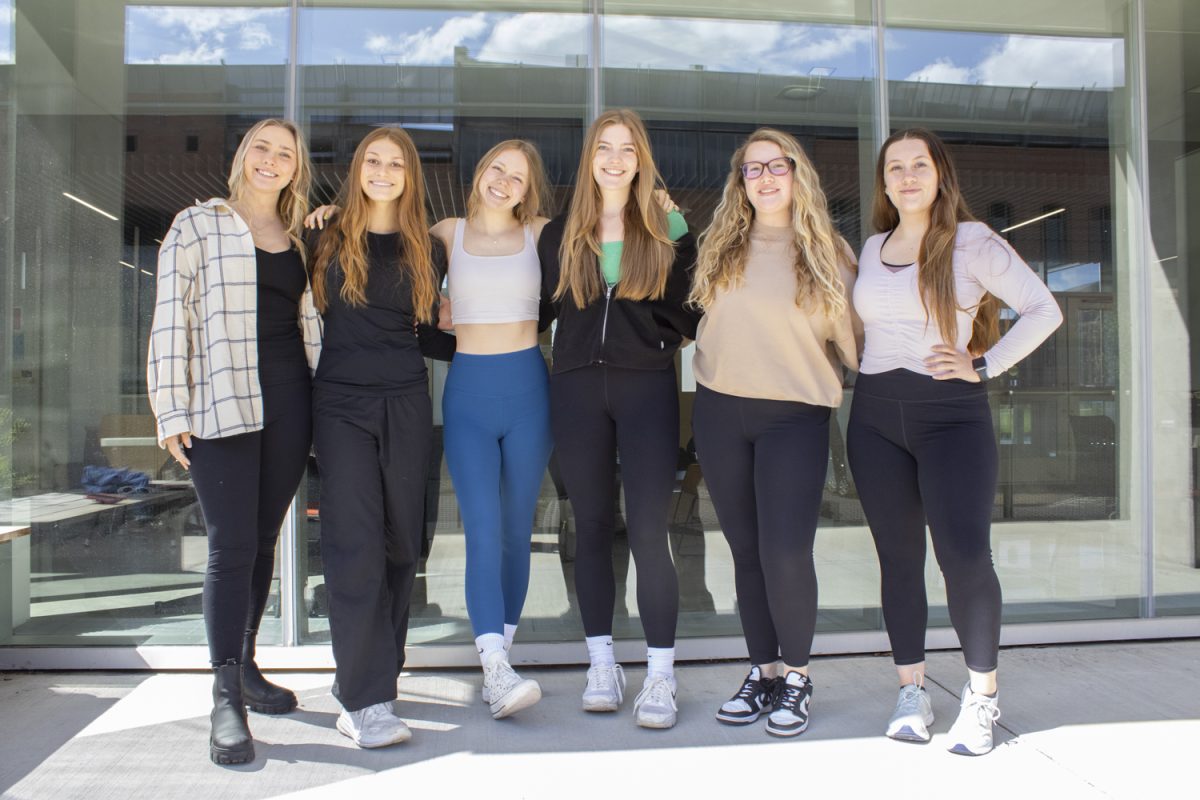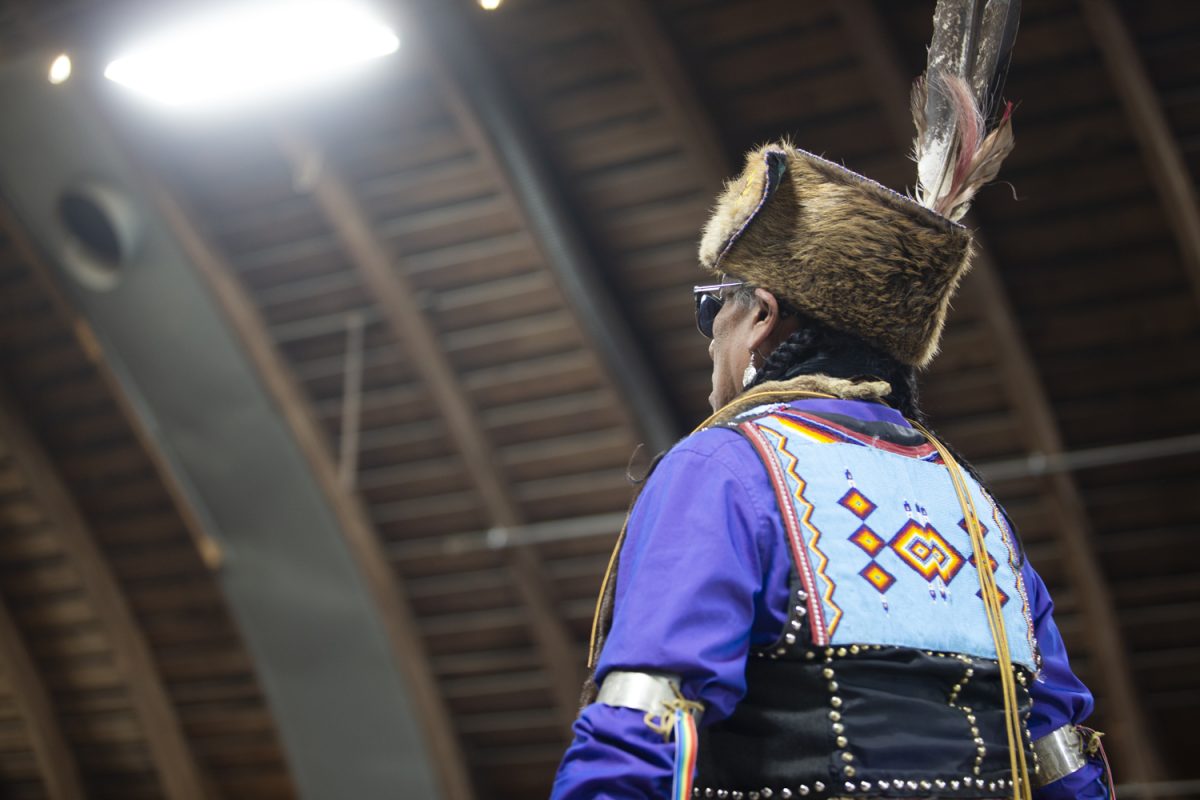After six years of helping minority and low-income students achieve their goals, the FasTrac program of Iowa City has closed down because of a lack of funding.
FasTrac is an Iowa City program dedicated to working with students, families and community members to motivate students to focus on their education and, in turn, give them a reason to change how they are viewed by society.
Henri Harper, the program director of FasTrac, said when the program began in December 2007, he saw many students who were angry and felt they were being judged and labeled by others.
“They thought that no one was listening to them,” he said.
Harper formatted the program around what students wanted from their education.
“If you build a program from the need of the students, they will come,” he said.
FasTrac’s official closing on Nov. 15 was mainly due to a lack of funding, Harper said. One of the main needs for funding was for more staff in the program.
“We really only had one person, Mr. Harper, who was funded by the program,” said Circe Stumbo, a member of the Advisory Board, as well a member on the FasTrac Fundraising Committee. “[The program] needs much more than what one person can do.”
Charlie Eastham, the chairman of the FasTrac Advisory Board, said there might be funding available from Johnson County if FasTrac could coordinate with another organization to serve as a fiscal agent. There will still be meetings between the Advisory Board and Harper to talk about future programs for FasTrac.
“It was clear to me that the students who participated in the FasTrac program were more likely to participate in secondary schooling,” said. “Without the program’s existence, students might not be as likely to.”
Harper said one of the main ideas for the FasTrac program was to motivate students and teach them to advocate for their own success. He wanted students to learn how to tell their educators what they wanted for themselves and how they could be motivated to learn.
“You can sign kids up for programs, but if they’re not invested, you have to fight to get the kids to come,” Harper said. “It’s about the kids. They need to choose to come, because then they’ll participate.”
FasTrac had since grown, from a group of six African American students to more than 100 students from all ethnic backgrounds since its opening in 2007. The program assisted students beginning in fourth grade and followed them up through their senior year in high school.
Stumbo said students involved the program also had a 100 percent graduation rate.
“[Students] attribute FasTrac to seeing graduation as something that they can achieve,” Stumbo said.
With so many FasTrac students in college or as functioning members of the community, Harper said, the success of the program cannot be argued with. Students have shown the community what they need, he said, and now people just need to listen.
“I don’t want to create something new,” Harper said. “I want to get kids to participate in the programs we have now.”
Harper also said listening to the students’ wants and needs helped the program to focus on what would motivate the student to change their attitude about education. By changing this attitude, students were more likely to participate in their school and their community.
“Now, they’re driving their own success,” Harper said.






